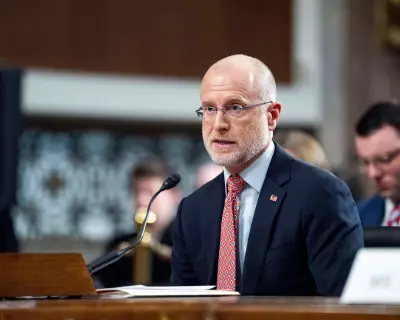
Before the era of helicopter parenting and cotton-wool wrapping, British children received their safety education through a series of terrifying public information films that left permanent psychological scars. For children growing up in the 1970s, 80s and 90s, firework night wasn't just about sparklers and toffee apples – it was accompanied by graphic warnings of severed fingers, horrific burns and life-changing injuries.
The golden era of traumatic public service announcements
During the autumn months, as Bonfire Night approached, British television screens would fill with increasingly graphic depictions of firework-related accidents. These short films, produced by the Central Office of Information, were designed to shock children into compliance through fear rather than gentle education.
The approach was simple: show the consequences in stomach-churning detail and hope the message stuck. For many now-adults, these campaigns worked too well, creating lifelong anxiety around fireworks that persists decades later.
Most memorable firework terrors
- Jimmy's New Hand (1970s) – This particularly disturbing film featured a boy who lost his hand to a firework, replaced with a crude prosthetic that terrified viewers more than the original warning
- Penny for the Guy (1980s) – A boy's casual approach to firework safety leads to devastating facial burns, with graphic close-ups that haunted children's nightmares
- The Sparkler Campaign (1990s) – Focusing on the 'harmless' sparkler, this film revealed how the innocent-looking wire could reach temperatures hot enough to melt metal
- Back Garden Disasters – Various films depicted rockets hitting children's eyes and bangers causing permanent hearing damage
- The Parent's Responsibility – Several campaigns targeted adults, showing how their negligence led to their children's life-altering injuries
Why the shock tactics worked too well
These public information films achieved their primary goal – firework-related injuries did decrease significantly during their peak years. However, psychologists now question whether the trauma inflicted on an entire generation was proportionate to the risk.
The films employed several psychological techniques that made them particularly effective – and damaging:
- Graphic realism – Unlike modern CGI, the practical effects and makeup created disturbingly believable injuries
- Child protagonists – Using children as both victims and viewers created immediate identification and fear
- Everyday settings – The accidents happened in familiar back gardens and streets, not exotic locations
- Permanent consequences – The films emphasized that these injuries were life-changing, not temporary
The legacy of fear
Today's safety campaigns take a markedly different approach, focusing on positive messaging and practical advice rather than graphic warnings. But for those who grew up with these terrifying films, the damage was already done.
Many adults now confess to feeling genuine anxiety around fireworks, carefully supervising their own children to an extent that might seem excessive to younger generations. The films created what psychologists call 'availability bias' – making rare accidents seem commonplace and inevitable.
While modern statistics show firework injuries are relatively uncommon when proper precautions are taken, the generation raised on these public information films continues to treat November 5th with the caution of a bomb disposal expert approaching an unexploded device.
The era of terrifying public safety films may be over, but their impact continues to echo through the nervous system of every British forty-something who still flinches at the whistle of a rocket.





